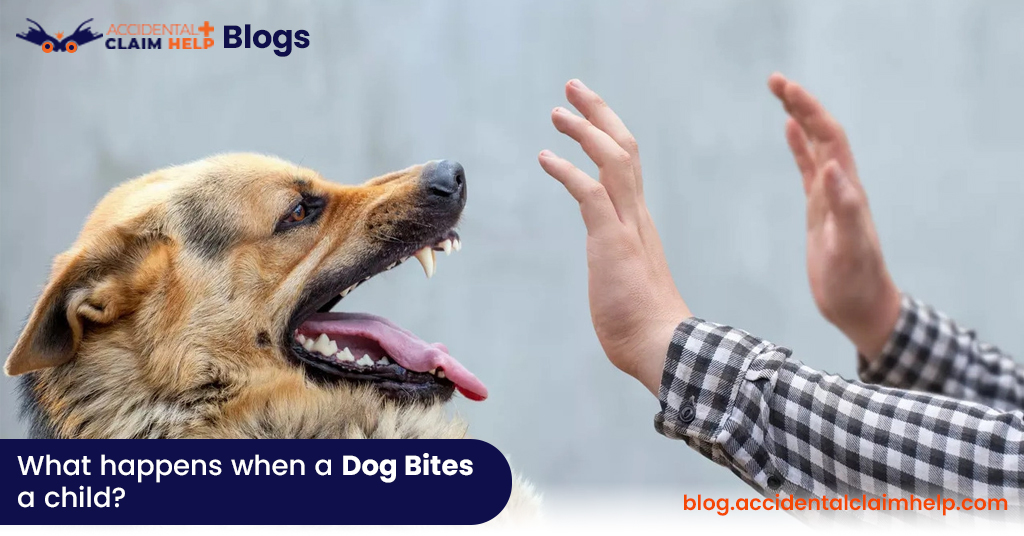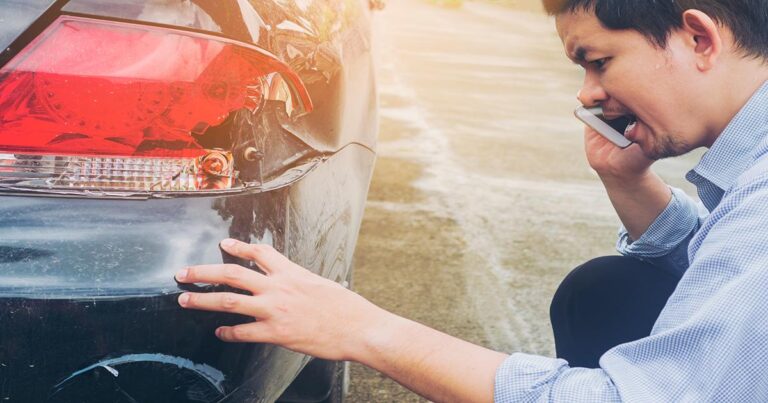What Happens When a Dog Bites a Child
Dog bites what happens when a dog bites a child may be frightening, particularly for youngsters. While dogs are frequently affectionate companions, they may bite out of fear, stress, or provocation. Knowing what to do when a dog attacks a kid is critical for preventing physical injury and dealing with mental distress. In this post, we’ll look at what to do immediately after a dog bite, as well as the possible medical and emotional implications and preventative measures.
Immediate Actions After a Dog Bite:
When a dog attacks a kid, it’s critical to remain cool and respond swiftly. Immediate action may prevent infections and improve the child’s physical and mental well-being.
Assess the Severity of the Bite:
Whenever a dog bites a kid, the first step is to assess the bite’s severity. Bites may vary from slight scrapes to severe punctures. If the skin is damaged, there is an increased risk of infection. In extreme circumstances, injuries may include torn tissues or shattered bones, especially if a big dog is involved.
Legal Implication of Dog Bite:
Dog biting regulations vary greatly across jurisdictions. In general, most governments adhere to one of three legal frameworks:
- Strict responsibility: Some jurisdictions impose strict responsibility on dog owners, which means they are liable for any damage caused by their dog, regardless of the dog’s previous conduct or their precautions. This is frequent in places such as California.
- One Bite Rule: Other states use the “one-bite” approach, which holds an owner accountable only if they knew or should have known about their dog’s aggressive tendencies. This implies that a dog that has never been bitten before may not result in responsibility unless antecedent hostility is shown.
Provide First Aid:
To treat small bites, begin by carefully washing the wound with soap and warm water. After cleansing, apply an antiseptic and wrap the area with a sterile bandage. Apply pressure to halt bleeding in deeper wounds or those that refuse to stop bleeding, and seek emergency medical assistance.
Seek Medical Help:
Even if the bite seems to be mild, get medical attention. A healthcare practitioner will check the wound for infection risks and make sure the child’s tetanus immunizations are up to date. If the dog is unfamiliar, physicians may assess the necessity for rabies treatment, which is especially important when the dog’s immunization status is unknown.
Report the Incident:
Report any dog bites to local authorities, particularly if the dog is stray or has a history of violent behavior. Reporting is required to monitor possible rabies exposure and avoid further bites from the same dog. Animal control may have to confine or monitor the dog to rule out rabies.
Filing a Dog Bite Injury Claim:
When a child is bitten by a dog, parents have the legal right to pursue a dog bite injury claim against the owner or their insurance company. This claim helps cover medical expenses, emotional distress, and any long-term effects of the injury. In most U.S. states, dog owners are held strictly liable if their pet causes harm, meaning they are responsible even if the dog has never bitten anyone before.
However, in states that follow the one-bite rule, owners may be liable only if they knew their dog had aggressive tendencies. To strengthen your claim, it’s important to gather medical records, photos of the injury, witness details, and proof of the dog owner’s negligence. Consulting a personal injury lawyer early ensures that your family receives fair compensation and that all legal deadlines are met.
Preventive Measures:
Proactive measures, such as teaching youngsters and managing interactions with dogs, significantly minimize biting risks while also promoting good pet connections.
Educating Children About Dog Behavior:
It is critical to teach youngsters the fundamentals of canine behavior and safe relationships. Children should be taught never to approach unusual dogs, not to disturb a dog while it is eating or resting, and to detect signals of discomfort or hostility in dogs, such as growling or flashing teeth.
Management Around Dogs:
No matter how familiar or friendly a dog seems, adult supervision is always essential when dogs and children are around. Children may unwittingly irritate a dog by rough play or violating its personal space, resulting in bites.
Proper Training and Socialization for Dogs:
Training and Socialization That Are AppropriateIn order to lessen the possibility of dogs biting people, it is necessary to train and socialize them properly. Through proper training, dogs may learn how to maintain their composure in high-pressure circumstances and how to respond correctly when confronted with stimuli that are novel to them. A dog that has been properly taught is less likely to bite, even when it is provoked. The utilization of canines
Bottom line:
Dog bites are dangerous events that need prompt care, particularly when a kid is involved in the incident. Steps that are essential for addressing the issue include administering the appropriate first aid, consulting a medical professional, and reporting the bite. When children are taught how to interact with dogs safely and when dogs are properly trained, it is possible to avoid a significant number of dog attacks. Implementing preventative measures contributes to the creation of habitats that are safer for both children and pets.
FAQs:
What to do if your dog bites a child?
If your dog bit a kid, you definitely have a lot of questions running through your head. To begin, you have the responsibility of ensuring that the kid receives the right medical treatment. Get in touch with the parents and arrange to meet them in the emergency room closest to you. Even if the bite seems to be relatively small, germs that are present in the mouth of a dog might infect the wound.
What are the effects of dog bites on children?
Wound infections, cellulitis, osteomyelitis, septic arthritis, sepsis, meningitis, endocarditis, pneumonia, and even death are some of the complications that might arise from coming into contact with a dog. According to estimates, the infection rates vary from one percent to thirty percent, making it the lowest of all animal bites. It is possible to significantly reduce the risk of infection by providing local wound care.
Is it normal for a dog to bite a kid?
Family pets cause two-thirds of all dog bites that occur to children. According to the findings of a retrospective research conducted by Dr. Ilana Reisner, 66 percent of dogs had never attacked a kid in the past, and 19 percent had never bitten a person. This demonstrates that every dog is capable of biting and that biting may be a natural reaction for dogs to circumstances that they perceive to be dangerous.







